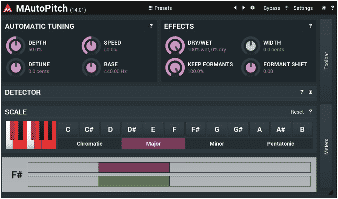Lyricists Lounge
Recording & Mixing Vocals
RECORDING SESSION WITH ARTIST
This will be your time to learn how to record, engineer and work with a professional rapper in the studio.
MIXING VOCALS
There are 4 main factors to consider.
PART 1: Getting your mix under control and removing any harsh frequencies.
- » Solo your vocal and listen to it at a loud but comfortable level and any frequencies that sound harsh you will need to attenuate.
- » Start with taking out the low end around 50hz.
- » Surgical EQ using a standard EQ or multiband compressor to hone in on the harsh frequencies. Try the TDR Nova, it is a free multiband dynamic compressor. Remember this should be a subtle practice, you don’t want to carve out too much to lose power in the vocal. Tip: Hold Shift and Command keys to solo bands.
- » Use a Desser plugin to tame any upper harmonic frequencies (syllabalance starting at 7k and up) An affordable DeEsser is Waves DeEsser in a pinch a dynamic EQ would suffice.
- » Breath control using Gate messaging. Use your host DAW’s Gate Audio Effect.
PART 2: Adding ‘air’ and presence to the vocal.
- » Experiment with parametric EQ to add air to the vocal. Free: Check out TDR SlickEQ
- » Rvox style compressor to bring the vocal out more to the front of the mix. Ableton users check out the Glue Compressor. Logic users check out the list of the stock dynamic compressors.
PART 3: Creative Mixing
- » Play around with the stereo field on the ad libs and usually leave the lead vocal mono and centered (middle). When you spread or pan parts you will want to reduce the volume. Free plugins widner or Izotop’s imager and vocal doubler are a great tool.
- » Bandpass filtering for radio effect on adlibs. PART 4: Delays, reverbs, flanges, distortion.
- » Delays, reverbs, flanges, distortion. It’s about feel and less sticking out as an obvious effect. Unless it’s intentional (ie automation delay on just one word or phrase)
- » Try different delay times (1⁄8, 1⁄4, 1⁄2) on certain vocal sections and route them to a separate return or bus track.
- » Try different reverb types: plates, halls. Experiment with decay times, dry/wet parameters.
- » Autotune. If you want the notes to be forced to play the correct notes (set to the right key first) make sure the retune speed is adjusted to it’s fastest setting. For a more natural pitch correction, reduce the retune speed. An awesome free plug in to use is Meldaproduction MAuto Pitch.


